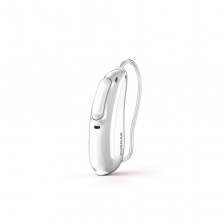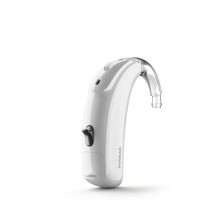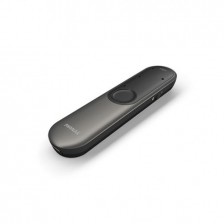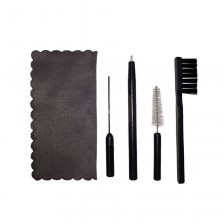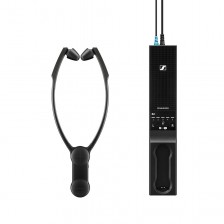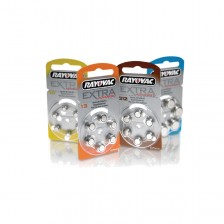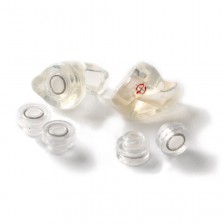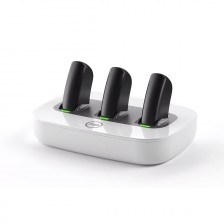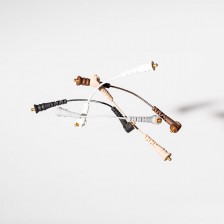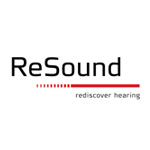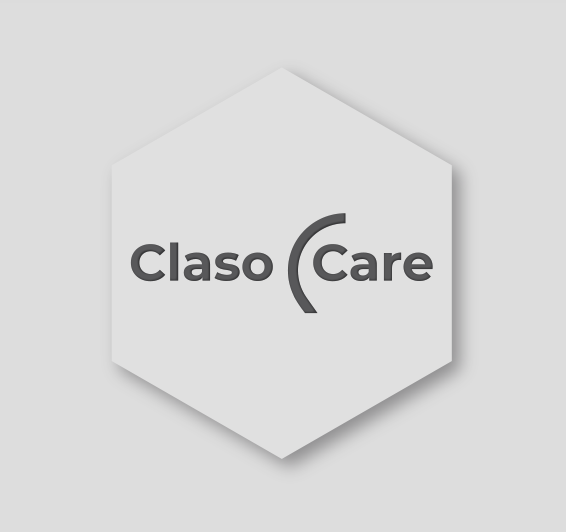Invisible hearing aids, maximum discretion


The evolution in the world of hearing aids is unstoppable. Not only are their power, capabilities and performance advancing by leaps and bounds, but we are also discovering devices that are less and less aesthetically intrusive. In fact, some are so visually unobtrusive that we can technically call them invisible hearing aids.
An invisible hearing aid, also known as IIC (invisible in canal) among other names, is a custom-made device that is placed deep inside the auditory canal (hence the reason why it’s almost invisible). Virtually all manufacturers offer their invisible versions, such as Bernafon's Zerena, which we talked about recently, and their features are quite impressive.
Unfortunately, not everyone can use this type of hearing aid. One obvious reason is the amplification capacity of these devices; because they are so small, their power is sometimes not high enough to cope with profound hearing losses.
The other element that can be an obstacle to enjoying the benefits of an invisible hearing aid, and perhaps the most relevant, is the shape of the auditory canal. Simply put, if your ear canal is too small or narrow, or has an awkward shape, you will not be able to wear an invisible hearing aid. A hearing aid will always need a certain amount of size to include all of its indispensable elements, so it seems that, at least in the foreseeable future, this will still be the case.
Pros and cons of invisible hearing aids
Undoubtedly, the greatest benefit of these devices is their practical non-existence in the eyes of others. If you do not suffer from a great hearing loss and the aesthetic element is paramount for you, these hearing aids are certainly a great option. Their positioning deep in the auditory canal is ideal for the ear to do its work normally and naturally channel the sound to the eardrum.

However, this position deep within the ear means that the electronics are especially exposed to the typical wax and moisture of the ear canal. This means that they must be cleaned and dehumidified regularly in order to function properly.
Finally, also of note is that these devices usually lack a Bluetooth connectivity. Due to their reduced size, manufacturers have not yet managed to incorporate the type of circuitry that allows it. Even so, keep in mind that thanks to the fact that they are so hidden inside the ear canal, in most cases these IIC hearing aids are compatible with the use of headphones.
Despite these contraindications, there is no doubt that we are facing an impressive technological evolution, which will make life much easier and more comfortable for all those who can adapt to their specifications. If you are interested in knowing if you’re a candidate to wear an invisible hearing aid, please do not hesitate to contact us and we will be delighted to assist you.


